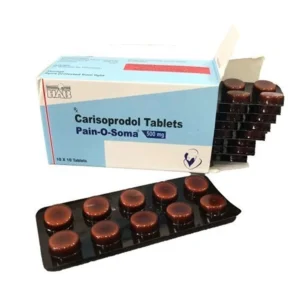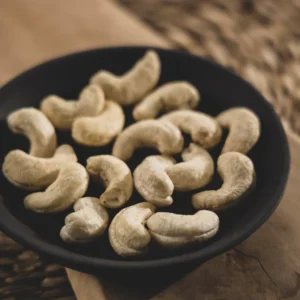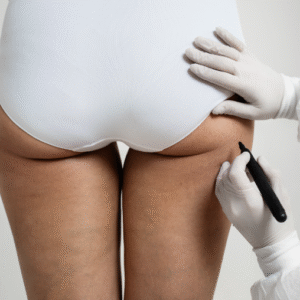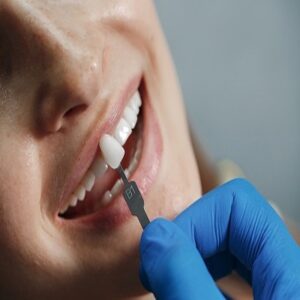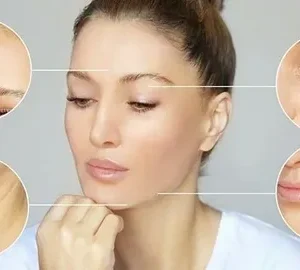When considering Fat Transfer Surgery in Dubai, one of the most crucial decisions you’ll make is choosing the right surgeon. This procedure, which involves harvesting fat from one part of your body and transferring it to another to enhance volume and contours, requires a skilled and experienced surgeon to achieve the best results. In this article, we’ll guide you through the process of choosing the Best Fat Transfer Surgeons in Dubai, discussing factors like expertise, cost, and the expected results from the surgery.
What is Fat Transfer Surgery?
Fat Transfer Surgery, also known as fat grafting, is a cosmetic procedure that uses your own body fat to enhance areas like the face, breasts, or buttocks. Fat is typically harvested using liposuction techniques, purified, and then injected into areas requiring more volume. Common areas for fat transfer in Dubai include:
- Fat transfer to lips for fuller, more defined lips.
- Facial fat transfer, which is used to restore youthful volume to areas such as the cheeks and under-eye region.
- Fat transfer to buttocks and breasts to improve shape and volume without implants.
This procedure is often favored for its natural results, as it utilizes the body’s own fat, which helps avoid issues like allergic reactions or rejections that may occur with synthetic materials.
How to Choose the Best Fat Transfer Surgeon in Dubai
1. Look for Experienced Surgeons
The first step in choosing the Best Fat Transfer Surgeons in Dubai is to evaluate their experience and qualifications. It’s crucial to select a surgeon who specializes in fat grafting and has extensive experience performing fat transfer surgeries in Dubai.
Check their credentials to ensure they are board-certified and have a proven track record of success with fat transfer procedures. You should also look at their portfolio of before and after results, which will give you a clear idea of their expertise and the quality of their work.
2. Check Patient Reviews and Testimonials
A reliable way to gauge the skill of a surgeon is by reading patient reviews and testimonials. Many clinics and surgeons have reviews on their websites or on independent review platforms. You can also ask the surgeon for references of past patients who underwent similar procedures.
It’s important to pay attention to reviews that discuss the surgeon’s bedside manner, level of professionalism, and overall satisfaction with the results.
3. Understand the Technology and Techniques Used
The Best Doctors in Dubai utilize the latest technologies and techniques in fat transfer surgery. When choosing a surgeon, inquire about the techniques they use to harvest, purify, and inject the fat. Advances in technology can improve fat survival rates and ensure that the results last longer.
Ask if they employ cutting-edge equipment or use advanced purification methods to ensure that the fat is safe and effective for transfer. The use of sophisticated methods increases the chances of better results, particularly in delicate areas like the face.
4. Consider the Fat Transfer Surgery Cost in Dubai
Cost is an important factor in any cosmetic procedure. Fat Transfer Surgery Cost in Dubai varies depending on the areas being treated, the complexity of the procedure, and the surgeon’s experience. On average, fat transfer prices can range from AED 10,000 to AED 30,000.
For smaller areas like fat transfer to lips or under eye fat transfer, you may expect the fat transfer cost to be lower, starting at around AED 8,000 to AED 15,000. Larger procedures like fat transfer to buttocks or fat transfer to breasts will typically cost more.
When discussing pricing, be sure to ask for a breakdown of the costs, including liposuction, fat processing, injections, and aftercare. Keep in mind that while it’s tempting to choose a surgeon based on cost alone, it’s more important to prioritize expertise and safety.
5. Schedule a Consultation
The best way to assess a surgeon’s skill and approach is by scheduling a consultation. During the consultation, you should feel comfortable discussing your goals and expectations. The Best Fat Transfer Surgeon in Dubai will listen to your concerns, answer your questions, and provide a clear treatment plan.
They will assess your body to determine the best donor areas for fat harvesting and discuss the potential results. The surgeon should explain the procedure in detail, including the recovery process and any potential risks involved. This will give you a sense of their knowledge, expertise, and professionalism.
What to Expect Before, During, and After Fat Transfer Surgery
Before Surgery:
Before undergoing fat transfer surgery in Dubai, you will have an initial consultation where the surgeon will evaluate your body, understand your aesthetic goals, and recommend the most suitable areas for fat transfer. You will be advised to avoid certain medications, smoking, and alcohol in the days leading up to the surgery.
During Surgery:
Fat grafting is performed under local anesthesia or sedation, depending on the areas being treated. The surgeon will first perform liposuction to remove fat from a donor area like the abdomen or thighs. The fat will be purified and then injected into the target areas. The procedure typically lasts between 2-4 hours, depending on the size and number of areas being treated.
After Surgery:
Recovery after fat transfer surgery in Dubai is generally faster than other surgical procedures. You may experience some bruising, swelling, and discomfort in both the donor and treated areas, but these symptoms should subside within a few days. You may need to wear compression garments for a few weeks to help the fat settle and reduce swelling.
Most patients can return to light activities within a week, but full recovery may take a few weeks. It’s important to follow your surgeon’s aftercare instructions to ensure the fat settles properly and to achieve the best possible results.
Fat Transfer Before and After Results
The before and after results of fat transfer surgery in Dubai can vary depending on the areas treated and the amount of fat transferred. Some results are visible immediately after surgery, but the final outcome may take several weeks to a few months to fully appear as the fat integrates into the body.
For example, fat transfer to lips can provide immediate plumping, while facial fat transfer may take a few weeks for the full rejuvenating effect to show. Facial fat transfer after 5 years generally remains stable, although some fat absorption may occur over time.
FAQs About Fat Transfer Surgery
1. What areas can be treated with fat transfer surgery in Dubai?
Fat transfer surgery can be performed on several areas of the body, including the face (under eyes, cheeks), lips, fat transfer from stomach to buttocks, and breasts.
2. How long does fat transfer surgery take?
The procedure generally takes between 2 and 4 hours, depending on the number of areas treated.
3. Are the results of fat transfer surgery permanent?
While the results are long-lasting, some of the transferred fat may be reabsorbed by the body over time. Touch-up procedures may be needed to maintain results.
4. How much does fat transfer surgery cost in Dubai?
The fat transfer cost in Dubai ranges from AED 10,000 to AED 30,000, depending on the areas treated and the surgeon’s expertise.
5. How long is the recovery after fat transfer surgery?
Most patients can return to normal activities within a week, but full recovery may take 2-4 weeks.
Conclusion
Choosing the Best Fat Transfer Surgeons in Dubai is crucial to achieving natural-looking results and ensuring the success of your fat transfer surgery. By considering the surgeon’s experience, the technology used, and the cost, you can make an informed decision and feel confident in your choice.
Whether you’re looking to enhance your lips with fat transfer to lips, rejuvenate your face with under eye fat transfer, or enhance your body, fat transfer surgery in Dubai offers a safe and effective solution for natural results with minimal downtime.



